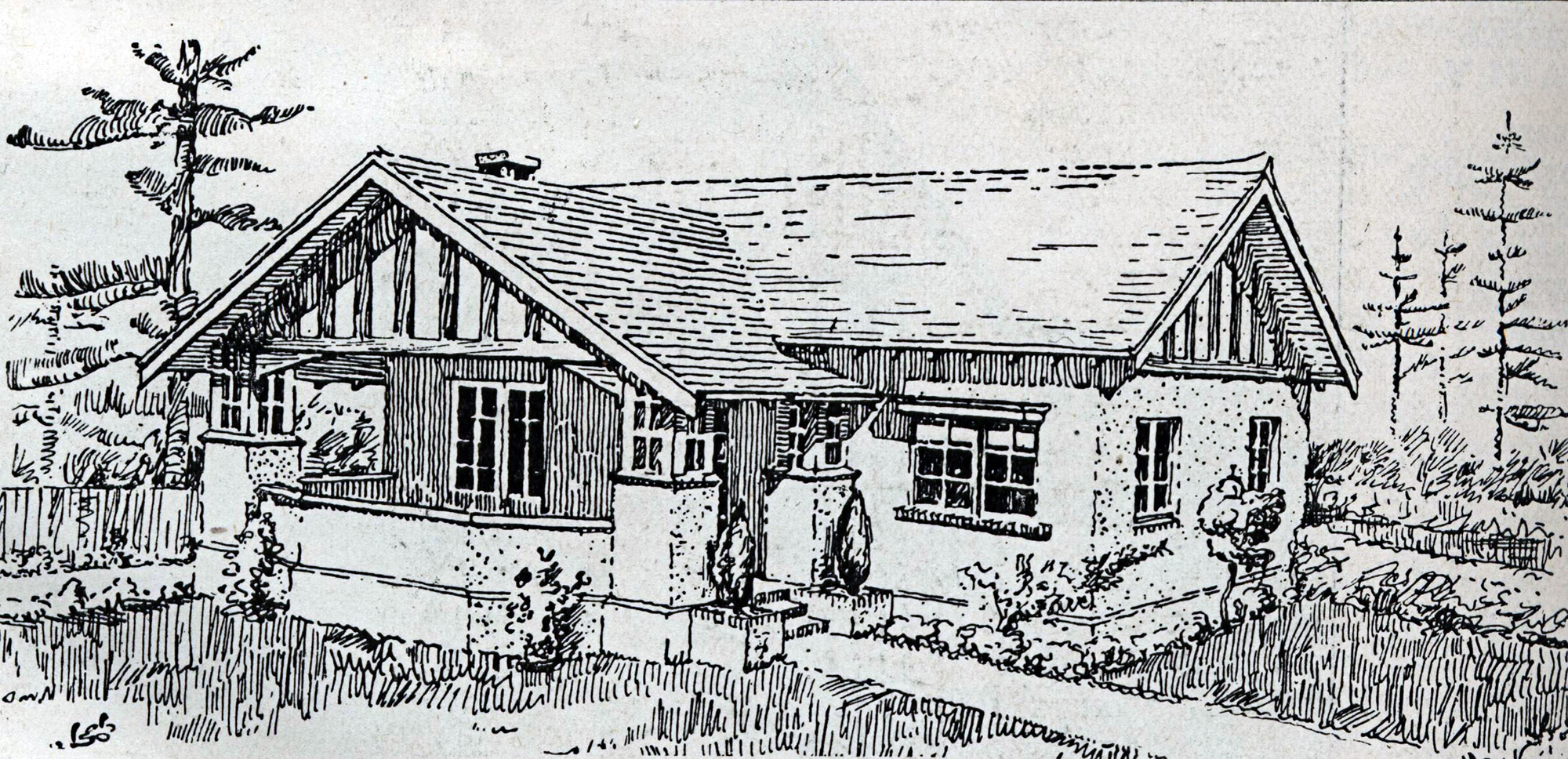|
Californian BungalowThe influence of English architecture, with its various revival styles such as Arts and Crafts, was not limited to New South Wales and other offshoots of the British Empire.In the early 20th century the aesthetic became popular in the United States of America where an enterprising and evangelical furniture maker called Gustav Stickley championed the simple use of natural materials in houses - in particular timber and stone. Stickley was directly influenced by the English architect CFA Voysey and, through him, William Morris and John Ruskin. He established the architectural firm Craftsman Workshops, and a magazine called the Craftsman, to build and champion American versions of Arts and Crafts. It was in California, however, that the architects Charles and Henry Greene, often referred to as Greene and Greene, developed the Arts and Crafts style further, blending it with aspects of Japanese architecture and flattening rooflines to accentuate the horizontal form in a manner that echoed the contemporary work of Frank Lloyd Wright. The influence of the ‘Californian Bungalow’ in Sydney was apparent in the decade before 1920. The term itself was used in advertisements from the mid-1920s, a reflection perhaps of a widening cultural perspective that looked across the Pacific for inspiration as well as to Britain. In 1928 the locally-based Cramer Brothers real estate agents excitedly promoted ‘A Real Californian Bungalow’ in Neutral Bay, built of ‘black brick’ with ‘large verandahs’. The style was referred to as 'quaint' in its most innovative early incarnations which featured a radical mix of timber and river stone. But when interpreted in brick rather than rock, it was readily adopted by a Australian population already familiar with elements of English Revival architecture such as half-timbered gables. There was an element of informality, too, that suited changing lifestyles. The Neutral Bay house being advertised by Cramer Brothers featured ‘large verandahs’ and sliding doors that linked dining and living rooms in an early version of open plan. While there were elaborate architect-designed versions of the Californian Bungalow, the style became widespread in Sydney as a standard suburban house type erected by speculator builders.
|
|




